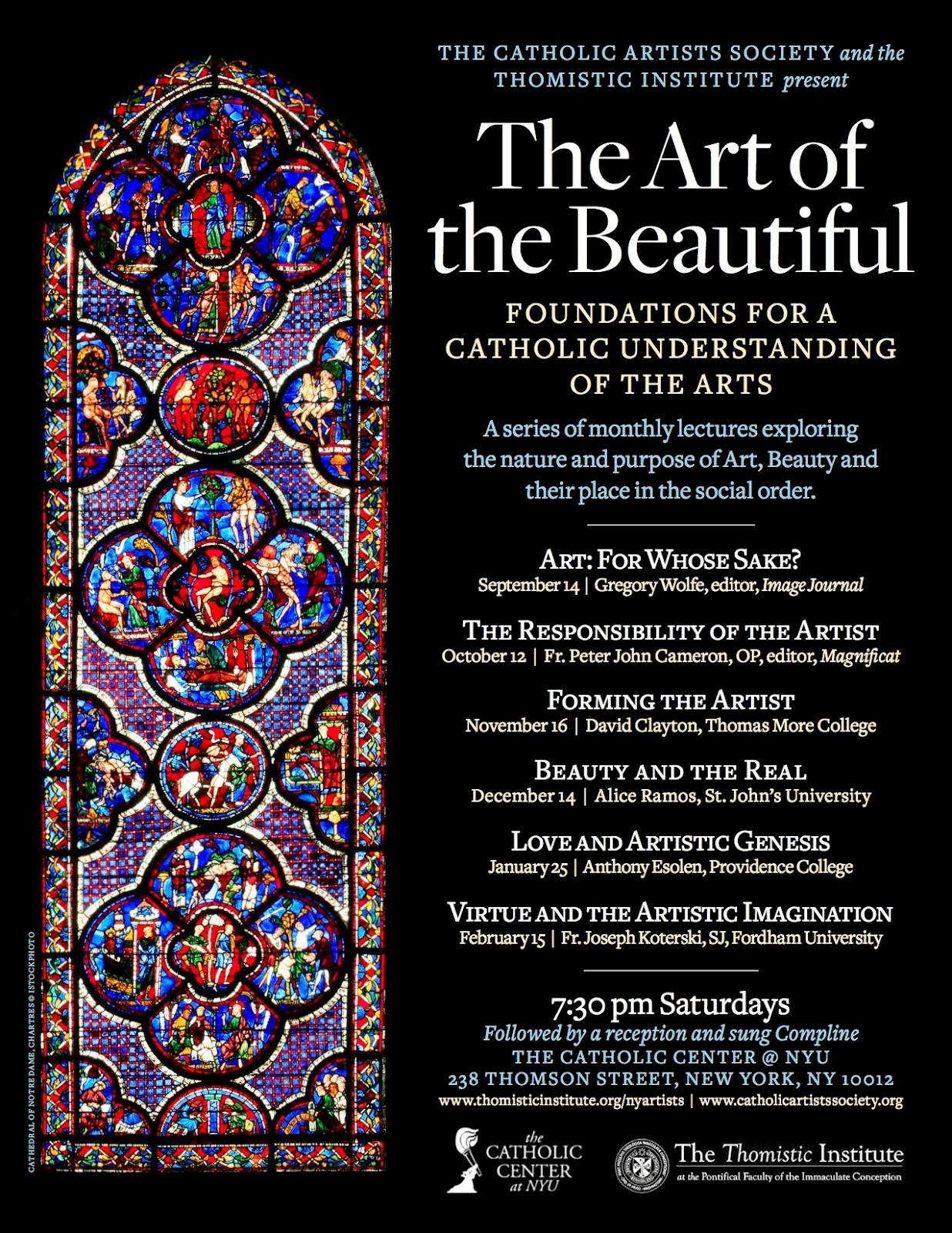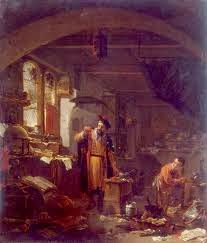 |
| Carl Gustav Jung |
These are some of the courses that will begin the week of February 24 and continue for five consecutive weeks.
Poetry’s Mystery:
Creativity and the Unconscious
In The Spirit in Man, Art and Literature, Jung discusses the relationship between analytical psychology and poetry in consideration of the creative process. Jung’s thoughts provide us with an opportunity to express ourselves as writers of poetry. In his discussion of creativity, Jung gives insights into how we are to approach and develop our creative selves, as reflections of the unconscious in its dynamic movements. Poetry as an expression of the Heart supports our interest in delving deeper into unconscious processes which includes our understanding of creativity as a life force energy.
C.G. Jung on Eastern Religions
This course will introduce students to brief overviews of the primary religious traditions of India, China, Tibet, and Japan, and then present the major writings of C.G. Jung on these same religions. The text for the course will be the very accessible paperback, C.G. Jung, Psychology and the East, translated by R.F.C. Hull. This book consists of essays about and introductions to major studies of Eastern religions and to translations of Eastern religious texts written by Jung over many decades. The religions represented include Hinduism, Taoism, and Chinese religion more generally, and the Buddhist traditions of Tibet and Zen. In each case, the instructor will give an overview of the religion in question, present Jung’s ideas on this religion from the textbook, compare Jung’s ideas with current scholarly and popular thinking on the same subjects, and present the subjects from the point of view of comparative religion studies.
Jung did not approach these religious traditions from the point of view of pure scholarship, but rather from the point of view of depth psychology. During each class period, there will be time and opportunity for discussion by participants.
And a few beginning the week of April 7 and continuing for five consecutive weeks.
The Heroine’s Journey in Fairy Tales:
How It Differs from the Hero’s Journey
In western culture, we are familiar with stories of a hero’s journey. Examples include Gilgamesh, the Odyssey, and Beowulf. In this class, we will analyze tales which show an equivalent journey for a woman. These tales from cultures around the world offer insights into a woman’s development, showing ways in which that development may differ from a man’s. At another level, the archetypal feminine is a part of both women and men’s psychology and these tales show how our experience of that archetype may mature.
The Secret of the Golden Flower
Jung’s 1928 commentary on the Chinese meditation treatise The Secret of the Golden Flower was his first essay devoted to the understanding of Eastern thought in relation to Western psychology. It was a “missing link” that provided a bridge between his own insights on the nature of consciousness and already established psychological principles found in Taoist and Buddhist philosophies.
This class will review those insights and debate oversights, while focusing on the golden flower’s “secrets” for maintaining psychic balance in our fast-paced era.
Art as Active Imagination
Led by Julie Bondanza, Ph.D.
and Sondra Geller, ATR-BC, LPC
Saturday, February 22
10 a.m. to 4 p.m.
Jung, writing in his autobiography, Memories, Dreams, Reflections, about his building game: “Naturally, I thought about the significance of what I was doing, and asked myself, ‘Now, really, what are you about?’ I had no answer to my question, only the inner certainty that I was on the way to discovering my own myth. This sort of thing has been consistent with me, and at any time in my later life when I came up against a blank wall, I painted a picture or hewed stone. Each such experience proved to be a rite d’entrée for the ideas and works that followed hard upon it.”
Jung’s major exploration into psyche is described both in The Red Book and in his autobiography. Our workshop will begin with Jung’s use of active imagination and art to understand the archetypal psyche as well as to further his own individuation. This will be followed by an exploration into our own processes through a variety of art therapy techniques such as scribble drawing and tissue paper collage.
The Jungian concepts of active imagination and amplification will be highlighted as we practice using expressive art as a rite d’entrée into the unconscious.
Julie Bondanza, Ph.D. is a licensed psychologist with a practice in the Washington, DC area. She is a graduate of the C.G. Jung Institute of New York, where she is member of the teaching faculty and past Curriculum chair. She is also on the faculty of the Interregional Society of Jungian Analysts, for whom she has frequently taught. She is a member of the Jungian Analysts of Washington Association, where she is a past Director of Education and where she is a frequent instructor.
Sondra Geller, MA, ATR-BC, LPC is a Jungian analyst, a Board Certified Art Therapist and a licensed professional counselor. She is in private practice in Chevy Chase, Maryland. She lectures and teaches for the Washington Jung Society, the C.G. Jung Institute in Philadelphia, and elsewhere. Her lecture topics include making art in the presence of a therapist, Jungian art therapy, and sparking the creative in older adults. She recently co-edited a special issue of Psychological Perspectives on Aging and Individuation.
The Many Faces of Loneliness
Led by Heide M. Kolb, MA, LCSW, NCPsyA
Saturday, March 15
10 a.m. to 4 p.m.
At a time when social media claims to turn anyone into a friend with a computer click, and a culture that wants us to believe that loneliness can best be remedied by adding more people to one’s life, virtual or otherwise, loneliness, often borne shamefully in secrecy, remains one of the most common complaints and ailments.
In this workshop, we will explore the meaning and possible purpose of loneliness through a Jungian lens. We will reflect on its many different manifestations and qualities and differentiate between a debilitating and stagnating loneliness and the potentially transformational one. Included in our reflections will be the relationship between loneliness and grief and death and dying within life, in its literal as well as symbolical sense. We will focus on what kind of attitude the conscious mind needs to develop when encountering the emptiness where nothing and no one seems to be there.
We will trace Jung’s own, often paradoxical, relationship to loneliness and how the solitary path of bearing one’s own uniqueness cannot be separated from Jung’s notion of individuation. We will include examples from literature in our reflections.
This workshop is both didactic and experiential. It is intended for anyone who wishes to develop a better understanding of how to make sense of this grand ailment of our times, including psychotherapists and other practitioners who encounter some of the many lonely people in their consultation rooms.
Participants are encouraged to bring a journal.
Heide M. Kolb, MA, LCSW, NCPsyA is a Jungian analyst in private practice in New York City. She has taught at New York Open Center, the Blanton Peale Institute and the C.G. Jung Institute of New York, where she currently serves as a supervisor and training analyst.
The C.G. Jung Center is located at 28 East 39th Street in Manhattan. All five-week courses cost $150 per person ($125 for members). Call (212) 697-6430 to register.




















































































